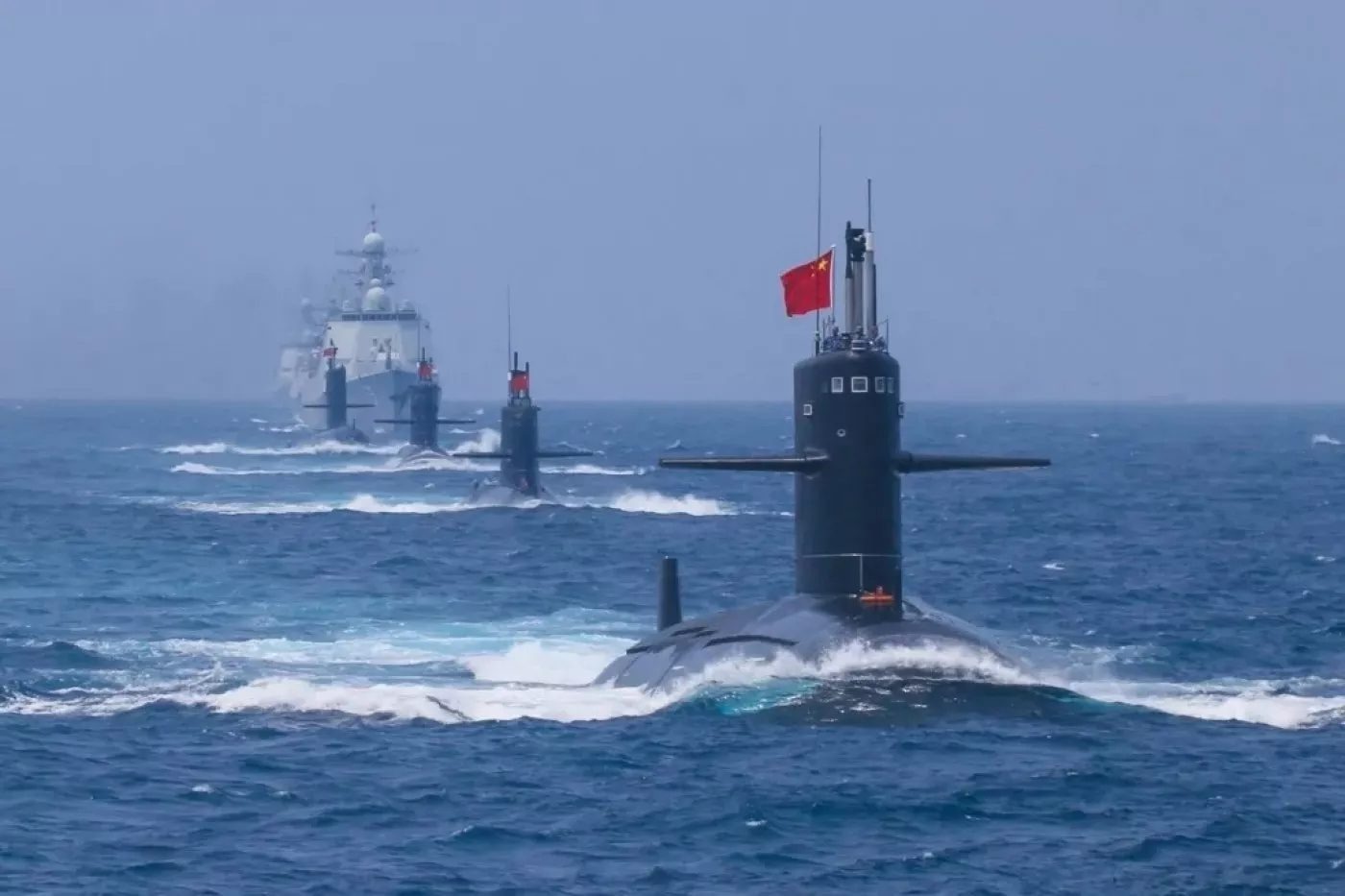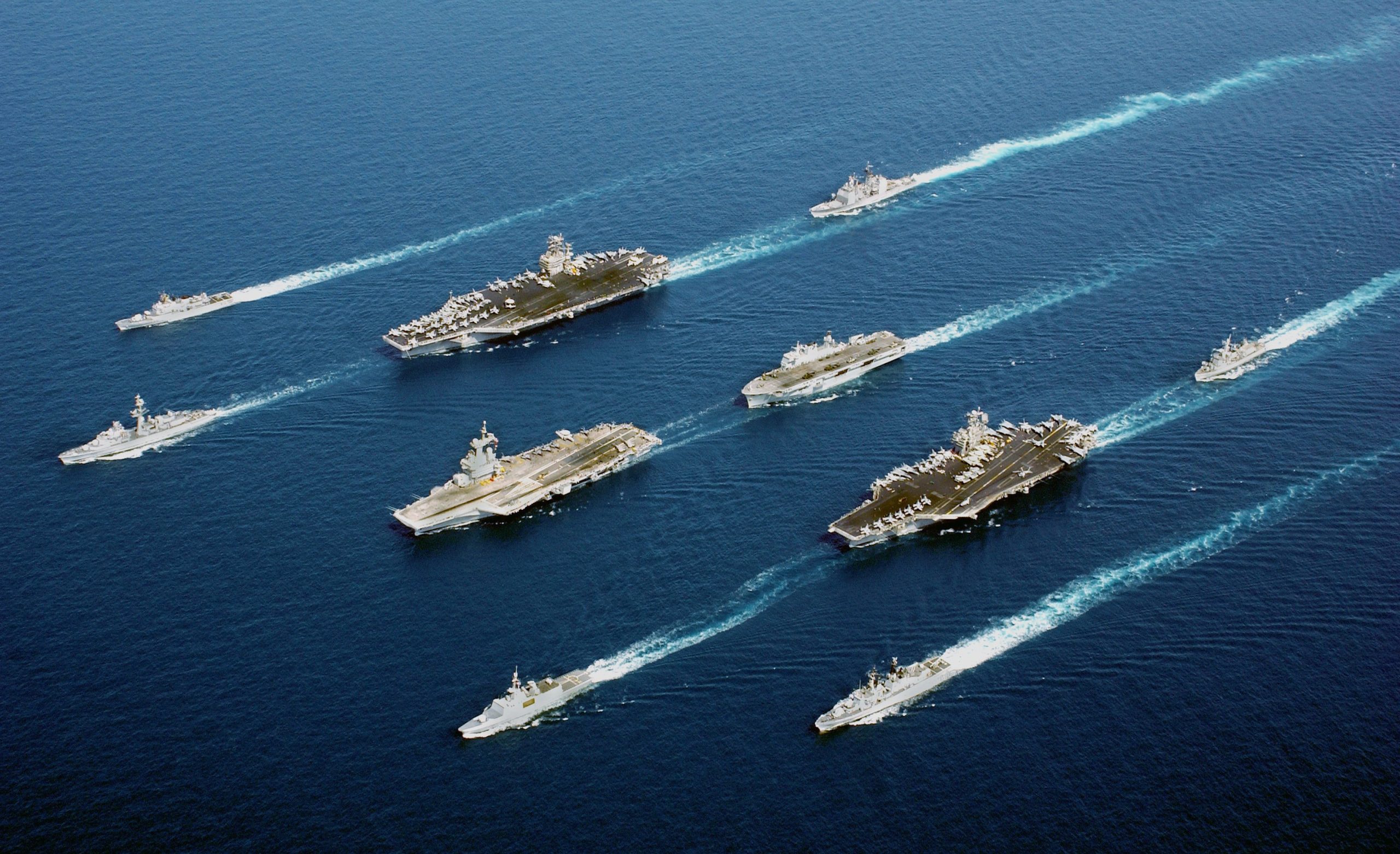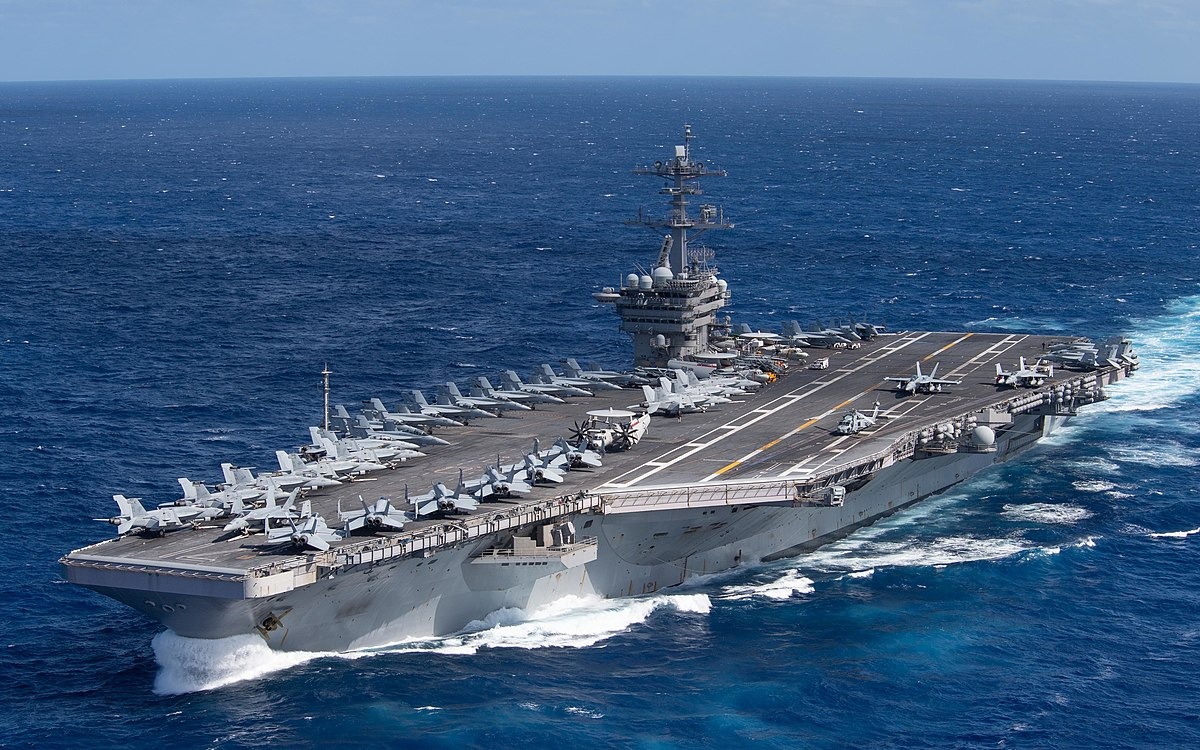In 2015, U.S. defense officials revealed an event where a Chinese submarine tracked an American aircraft carrier in Japanese waters. This incident heightened tensions between the U.S. and China, raising crucial questions about the effectiveness of American surface vessels in potential Indo-Pacific conflicts.
The tracking of the USS Ronald Reagan by a Chinese Kilo-class submarine for about half a day showcased the escalating tensions and broader concerns regarding American naval operations in the region.
Although the encounter didn’t involve hostilities or communication, it highlighted strategic maneuvering between the naval forces of both countries. U.S. officials downplayed immediate threats but acknowledged the importance of monitoring Chinese naval capabilities. Despite China’s growing submarine fleet, U.S. officials noted their detectability and technological inferiority.
However, the potential for misinterpretation or strategic errors during such incidents remained a huge concern, especially given past incidents of Chinese aircraft flying dangerously close to U.S. planes.

Chinese submarine (Credits: gCaptain)
This tracking event wasn’t an isolated occurrence but part of ongoing encounters, fueling concerns about the security of American surface vessels. Some experts see value in these incidents for understanding Chinese naval capabilities.
Robert Daly from the Kissinger Institute on China at the Woodrow Wilson Center noted that while Chinese submarines are increasing in number, they lag behind their U.S. counterparts in technology. Tracking these submarines helps assess potential threats accurately.
However, retired Admiral Pete Daly and others expressed concerns about risks associated with such encounters, citing potential misunderstandings or strategic errors.
Recent years have seen a rise in threatening incidents in the Indo-Pacific skies, with Chinese aircraft shadowing or “buzzing” U.S. aircraft. This, coupled with the proximity of submarines to carriers, adds to worries about Chinese technological advancements challenging U.S. naval operations.

U.S. Navy aircraft carriers (Credits: Wikipedia)
Under President Xi Jinping, China’s extensive shipbuilding efforts have bolstered its naval capabilities, including more surface vessels, submarines, and aircraft carriers. China’s stockpile of anti-ship missiles, including advanced variants, raises concerns in potential conflicts.
A critical advantage for U.S. vessels is their ability to conceal within the open ocean, making them challenging targets. However, the fact that a Chinese submarine tracked a U.S. supercarrier like the Reagan in 2015 remains a concern, highlighting ongoing strategic competition and boundary testing between the two naval powers in the Indo-Pacific.























